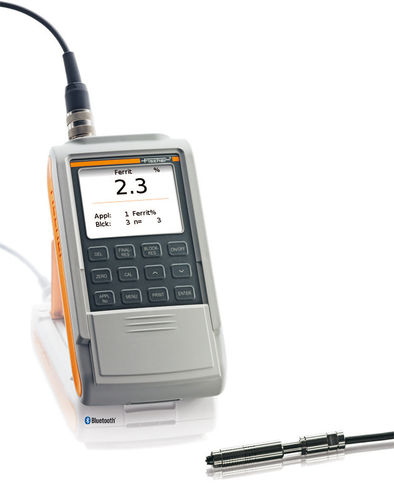

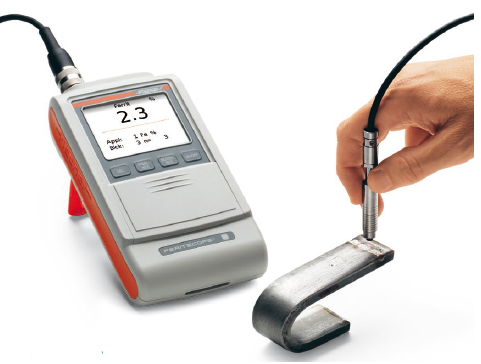
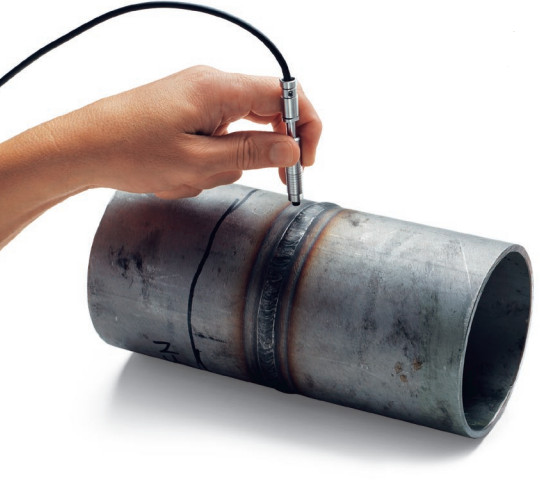
產品描述
奧氏體不銹鋼焊縫中δ鐵素體的存在會影響焊縫的強韌性、耐腐蝕性及焊接性,工程現場的焊接過程通常借助鐵素體含量測定儀來控制δ鐵素體的含量。化工設備和石油加工廠通常要承受高溫、高壓,同時要耐腐蝕。外部環境要求所用鋼材即使在高溫下也要有足夠的耐腐蝕和耐酸性能。如果鐵素體含量太低,焊縫受熱后容易產生裂紋;如果鐵素體含量太高,焊縫將喪失韌性和延展性。對于雙相鋼,如果鐵素體含量太低,焊縫受到張力或發生振動時容易破裂。 FeritScope FMP30根據磁感應方法測量奧氏體鋼和雙相鋼中的鐵素體含量。儀器能識別所有的磁性部件,也就是說,除了delta鐵素體,還能識別其轉化形式馬氏體。儀器符合Basler標準和DIN 32514-1標準,適合于現場檢測,可以測量奧氏體覆層、不銹鋼管道、容器和鍋爐焊縫內以及奧氏體鋼或雙相鋼制造的其他產品內的鐵素體含量
Chemical, energy and processing plants are often subjectto heat, aggressive media and high pressure. Thesecircumstances demand steel with high corrosion and acid resistance that are resilient even at high temperatures.If the ferrite content is too low, then the weldedmaterial is susceptible to hot-cracking, if the ferrite contentis too high, the toughness, ductility as well as thecorrosion resistance of the steel are reduced. For duplexsteel, a ferrite deficit in the area of the weld seam resultsin stress corrosion cracking and reduction in strength.
The FERITSCOPE FMP30 measures the ferrite content in austenitic and duplex steel according to the magnetic induction method. All magnetisable structure sections are measured i. e., in addition to deltaferrite also strain-induced martensite, for example, or other ferritic phases. It is suited for measurements according to the Basler- Standard and according to DIN EN ISO 17655. Areas of application are onsite measurements, e. g. of austenitic platings as well as weld seams in stainless steel pipes, containers, boilers or other products made of austenitic or duplex steel.
Duplex steel is used increasingly in the chemical and petrochemical industries, e. g., for boilers and pipelines. A ferrite deficit in the weld seam area leads to strength reduction, an excess ferrite content to a reduction in toughness and ductility. In particular when welding duplex steel, the ferrite content in the welding area can easily assume unfavourable values either due to unsuitable welding filler materials or through poor heat input or heat removal. Only an onsite measurement can provide the assurance that the processing did not change the optimum ferrite content in an unfavourable manner at the expense of mechanical or corrosion-resistance properties.
化形式馬氏體都能被識別。采用磁感應方法測量鐵素體含量有個特別的優勢,sigma相即Fe-Cr沉積,由于鐵素體含量過高和冷卻條件不對而形成,被準確地識別為非鐵素體。另一方面,在做金相切片試驗時,要從鐵素體組織中區別出sigma相是非常不容易的,這將導致鐵素體含量的錯誤評估。
化學和石油化工行業越來越多地使用雙相鋼,例如:圖1和圖2中的鍋爐容器就是用高防腐性能的雙相不銹鋼制造的。如果焊縫處的鐵素體含量過低,受到張力或發生振動時容易破裂。然而,在焊接雙相鋼時,由于焊接添加劑或熱處理不當,焊縫處的鐵素體含量非常容易超標。只有現場檢測才能確保處理過程不會改變*佳的鐵素體含量,防止機械性能或防腐蝕性能的下降。

圖為:焊縫中鐵素體含量的測量
Simple and quick measurements
(簡單快速地測量)Calibration / Standards
(校準/校準片)
Magnetic induction method
(測量原理)



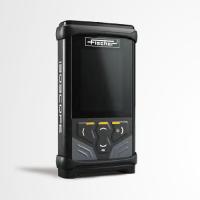
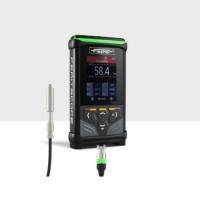
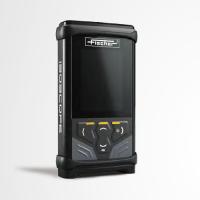
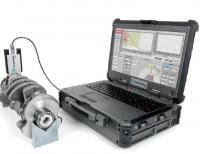
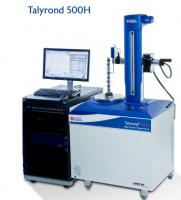
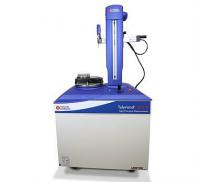
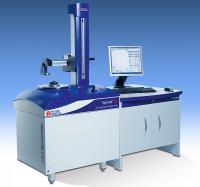
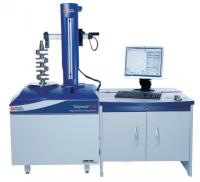
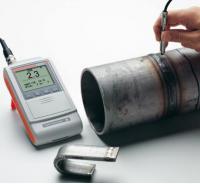
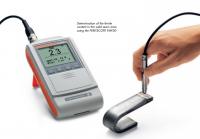
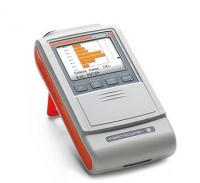



 814294500
814294500